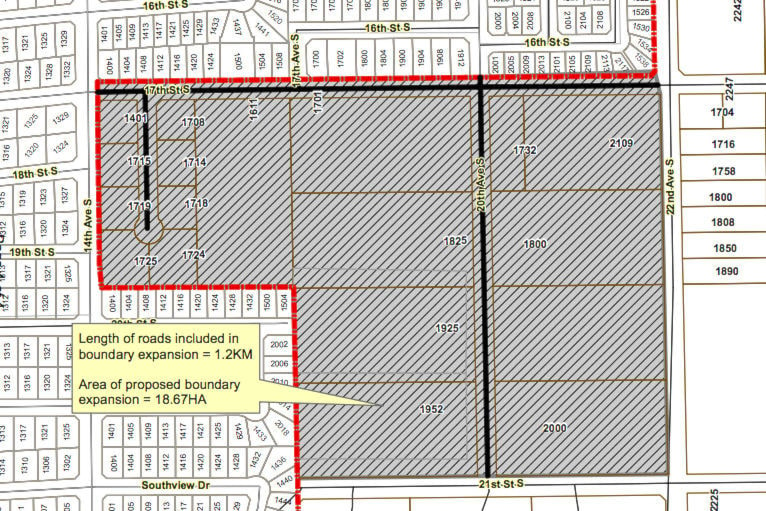The RDEK voted to issue a letter of support for a proposed boundary extension that would bring 18 hectares of land into the Cranbrook municipal fold.
RDEK staff had proposed to postpone the vote until affected residents had a chance to provide feedback through a meeting for hosted by the City of Cranbrook this week.
However, Mayor Lee Pratt took umbrage with the delay, and led an effort to defeat the proposal, which was eventually moved for a new motion that would see the RDEK board support the boundary extension.
“There should have been a little more thought put into the fact that why would we keep going with people in the middle of our city paying taxes to the regional district?” Pratt rhetorically asked. “And then we’re forced — we talk about the 5,000 homes, that’s why we’re forced to go out to River’s Crossing, Shadow Mountain properties, because we can’t develop some of this stuff within the city that should be.”
Pratt’s reference to 5,000 homes was identified by City of Cranbrook staff in a report presented to council on Oct. 28, which noted that the existing land base within municipal boundaries has the capacity to support approximately 5,000 dwelling units.
However, availability of services, development costs, willingness of owners and market conditions, among others, are factors affecting developing existing properties, according to the report.
The properties includes a cul-de-sac on 15th Ave and borders 14th Ave. S, 17 St. S and 22nd Ave. S.
Rob Gay, the Area C director representing the rural area around Cranbrook, said the property owners have received letters and will have the chance to give their input to the City of Cranbrook.
The crux of the issue is the tax implications of the boundary extension, as affected property owners will see their estimated property tax potentially double, in some cases.
“The difficulty is to say, ‘Yes, now you’re in the city but the value of your property, should you want to subdivide, has gone up’ but many people are quite comfortable, especially on the five-acre lots in that area, so it’s a difficult decision,” said Gay.
“I think, from a planning perspective, we as the Regional District, understand that our cities, large and small, need to grow — I use Gold Creek as an example. They’re land-locked, they’re up against a bunch of five-acre lots that are far away from servicing and water, so the ones right on the edge of the city, in most cases, seem to be the logical place to expand.”
Gay pointed to the inclusion of Shadow Mountain into the City of Cranbrook municipal boundary back in 2007.
“I was able to work with residents and the city to say, ‘We’ll have a graduated tax system’,” Gay said. “The system was such that it took 10 years, or if you decided to subdivide, then the new tax rate would come, so it’s not a given that taxes are going to go from A to B right away. There’s probably another plan in there, but that’s what I want to hear from people.”
The proposed inclusion of 18 hectares also includes 1.2 kilometres of road maintenance, garbage pickup and capital costs that would fall under the responsibility of the City of Cranbrook. Additionally, the city may potentially be responsible for providing municipal servicing at the city’s expense.
Ultimately, the final decision on the municipal boundary issue will be made by the provincial government.
trevor.crawley@cranbrooktownsman.com
Like us on Facebook and follow us on Twitter
